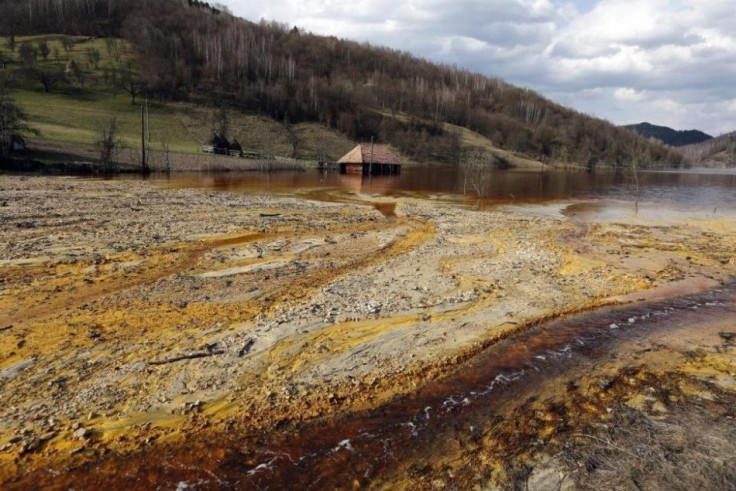Willow Trees Purify and Restore Contaminated Soil

A new research demonstrates how willow tree growths restore soil fertility in lands that are high in acidity and in those contaminated by heavy industry. The study observed the presence of broad-leaved trees such as willows in areas used in mining. In Finland, field experiments were conducted in the Pyhäsalmi Mine in Pyhäjärvi. Another was carried out in the Kostomuksha mine in North-western Russia. Heavy metal loads were also studied in greenhouse experiments at Petrozavodsk State University and at the Karelian Research Centre of the Russian Academy of Sciences.
The researcher, Aki Villa of the University of Eastern in Finland describes how harmful elements can be removed from the soil naturally with the help of plants. This method is also called phytoremediation. Not only is this cost-efficient; it generates wood resource for energy production and biorefineries as well. "Monitoring the soil's restoration ability takes several years of research; however, in the light of the results we have so far, it can be anticipated that willow trees may clean the soil from zinc in six years, from nickel in ten years, and from chromium and copper in 15-50 years in favourable conditions," Villa explains.
Willow trees can grow well in land contaminated by heavy metals and soils high in acidity. By-products from trees such as wood ash are high in nitrogen and calcium. These can neutralize soil acidity and improve soil fertility. Some species are hyperaccumulators or plants that can grow in soils with very high concentrations of metals.
The recent research supports previous studies done on the phytoremediation capacity of different willow tree species and identifies the one with the best survival rate. Currently, there are 400 noted species of willows. The Salix schwerinii was noted for its capacity to thrive in contaminated soils after a two-year growing period. It is closely related to the species Salix veminalis or the common osier, which is an efficient hyperaccumulator of heavy metals. A hybrid of the two produces the best wood mass.
For many years, willow trees have been used in different ways to conserve the environment. These trees can filter the land, prevent soil erosion, act as windbreakers or hedges, provide habitat for wildlife, and so forth.




















